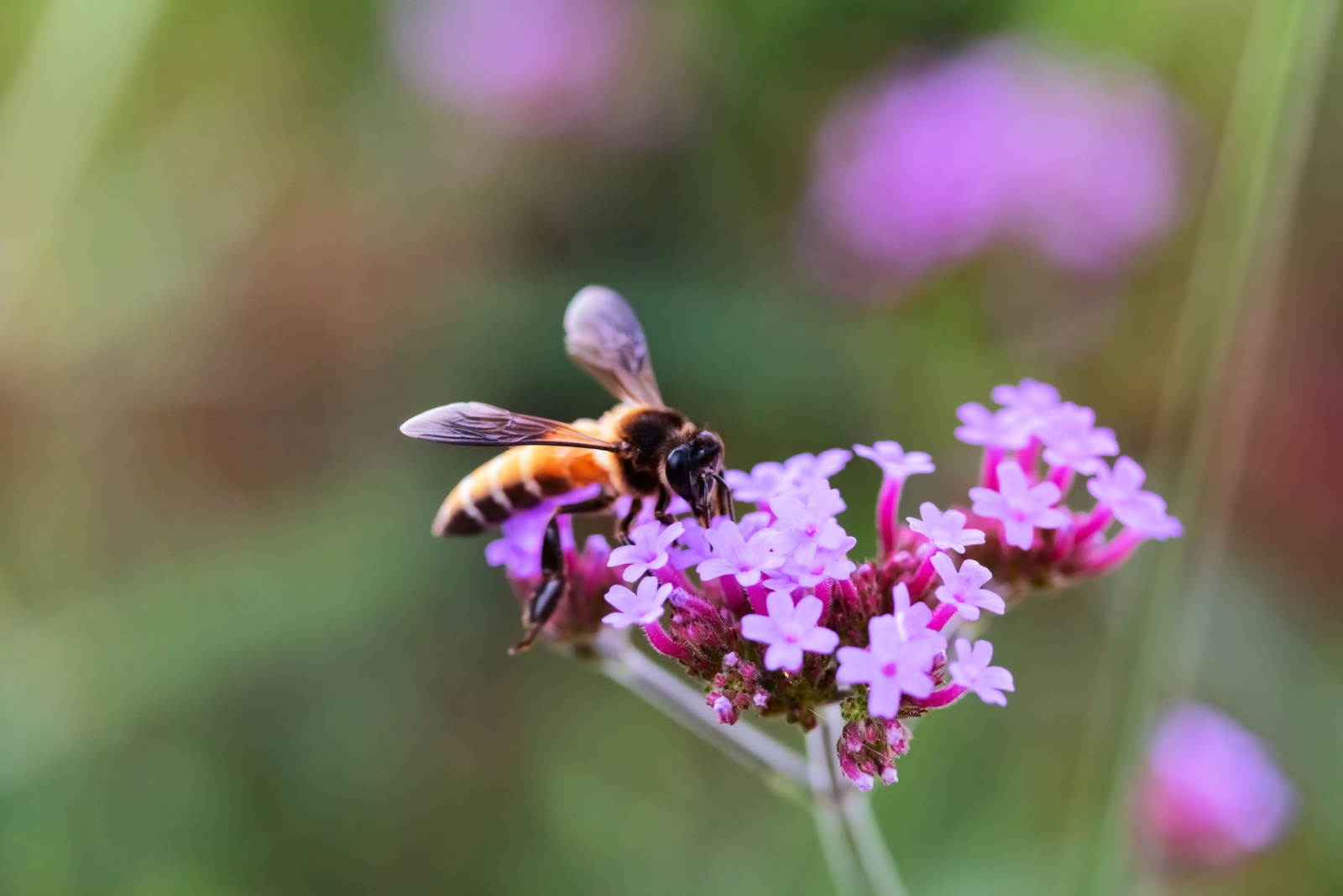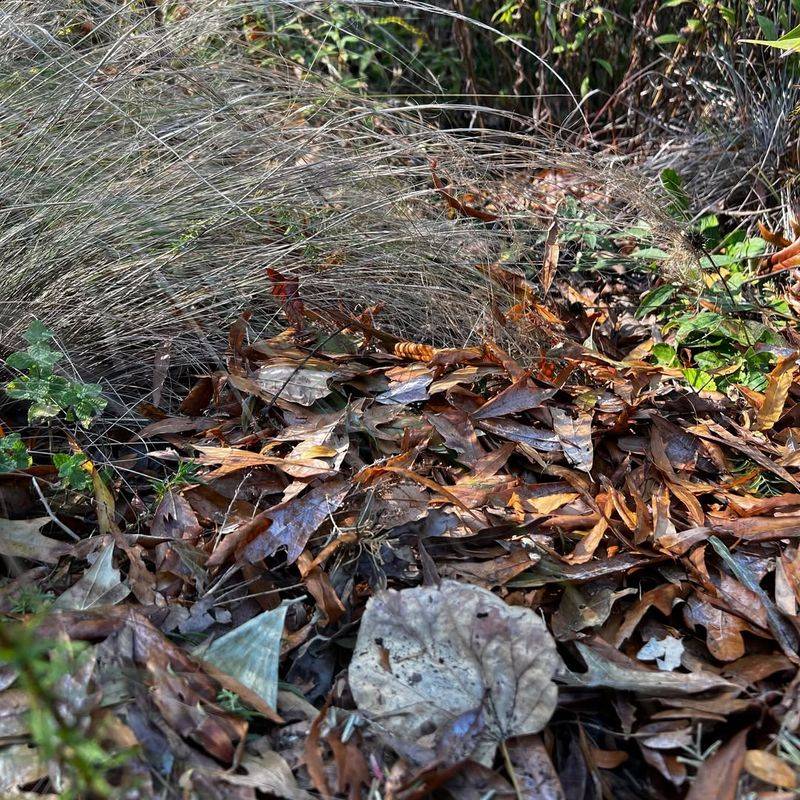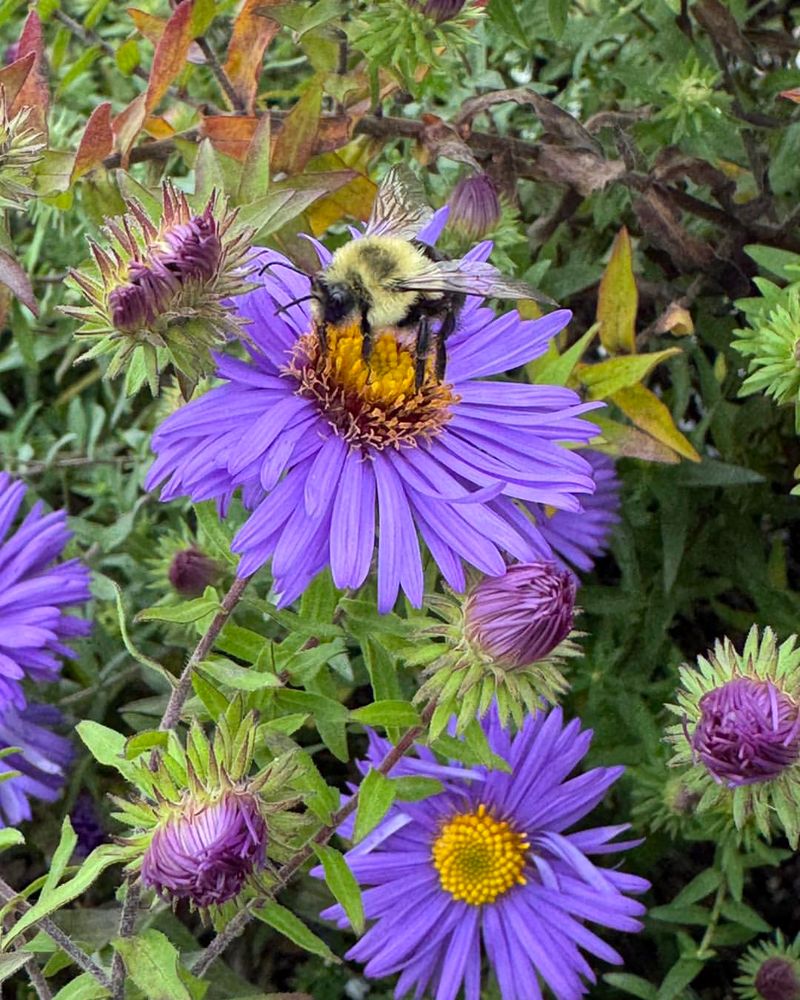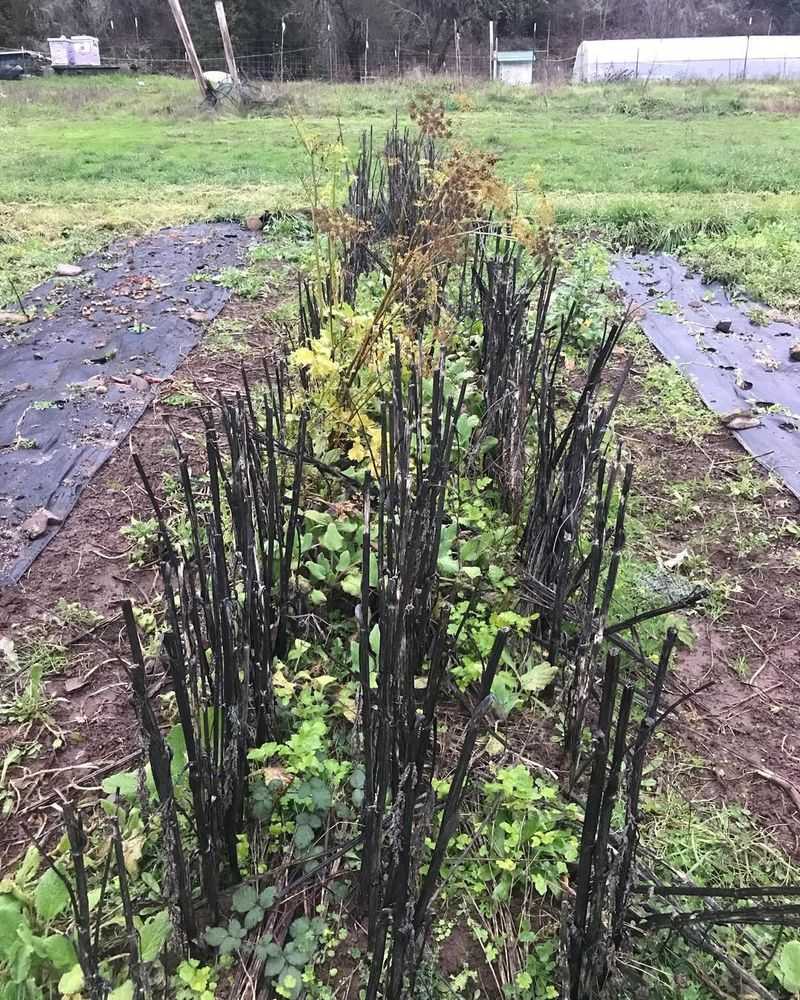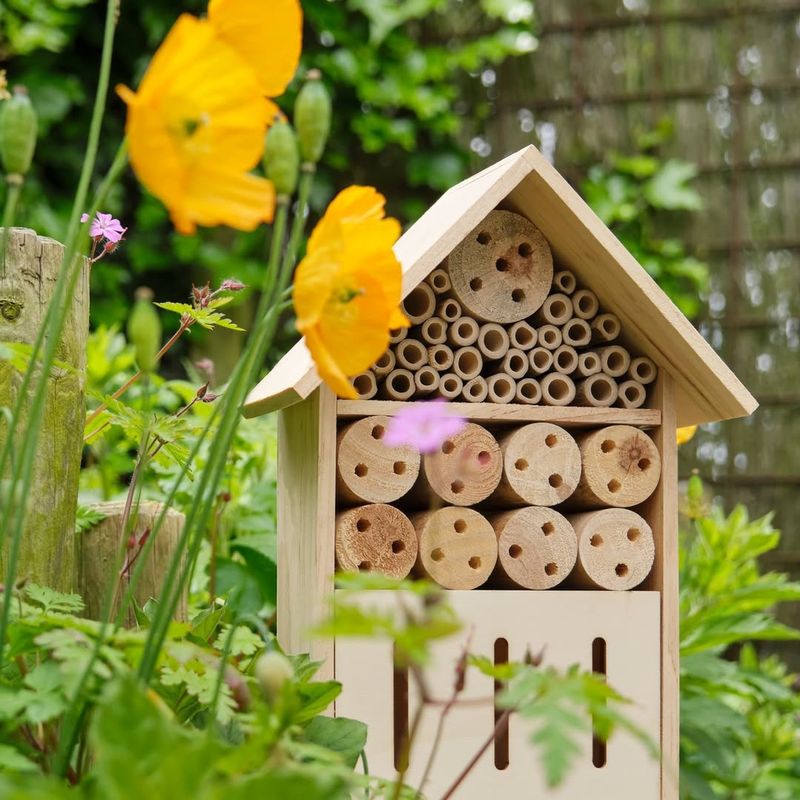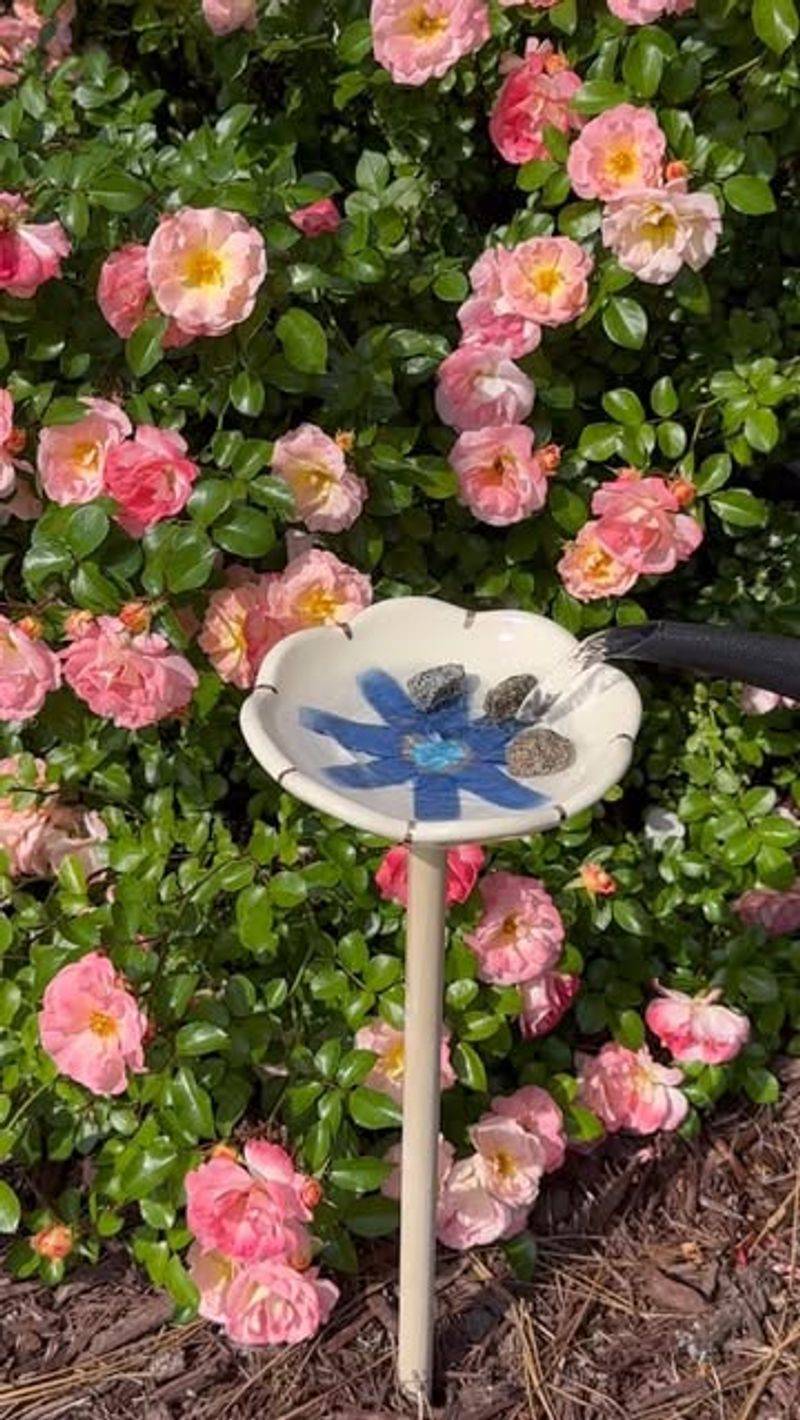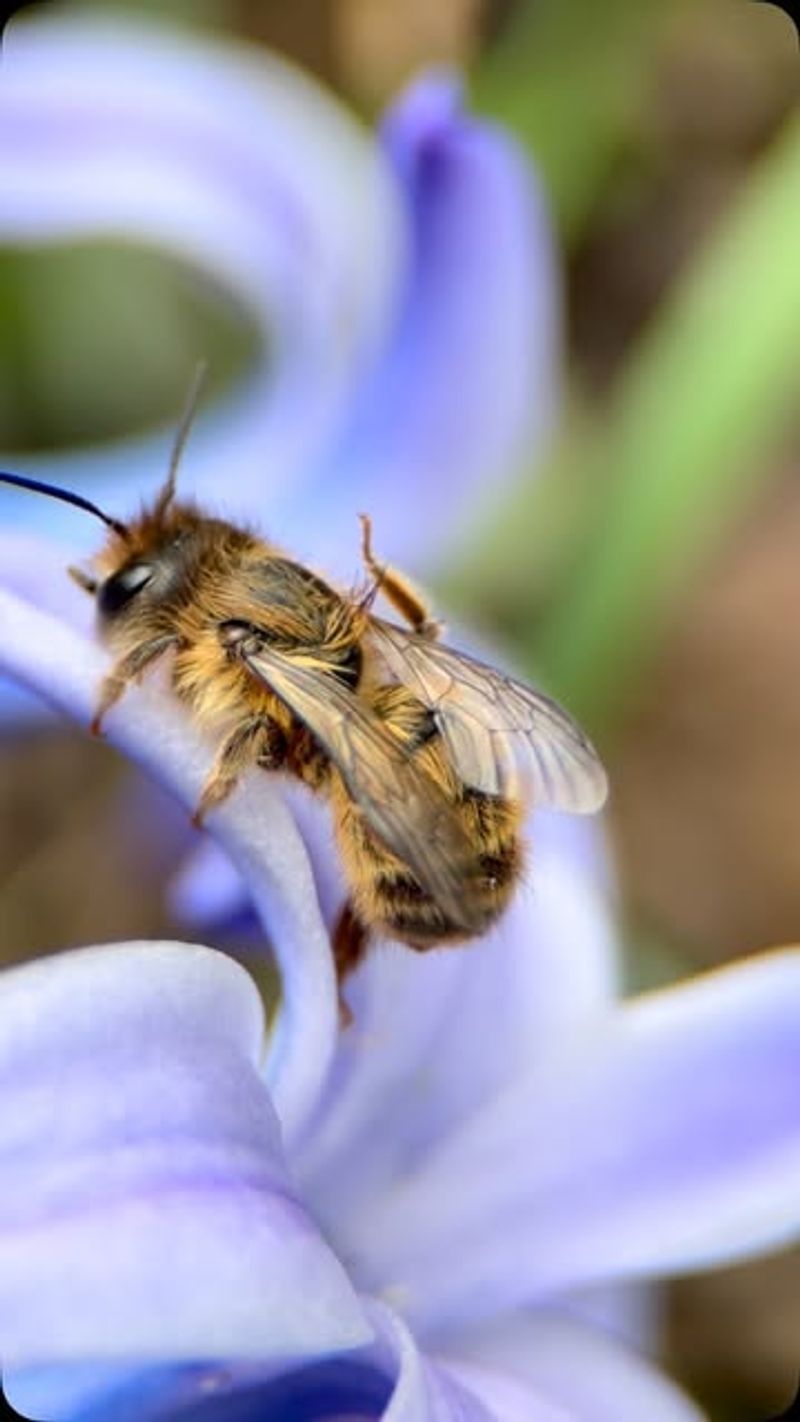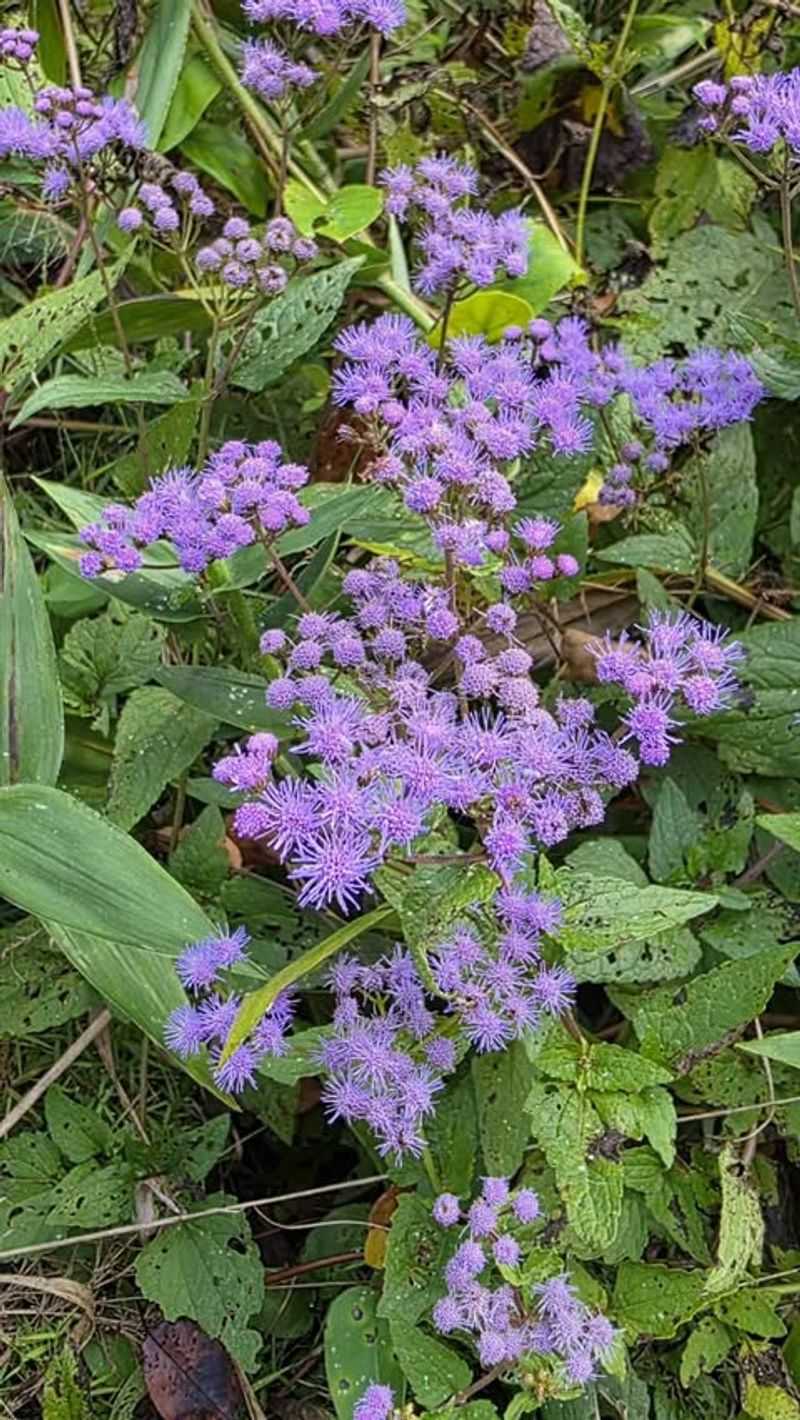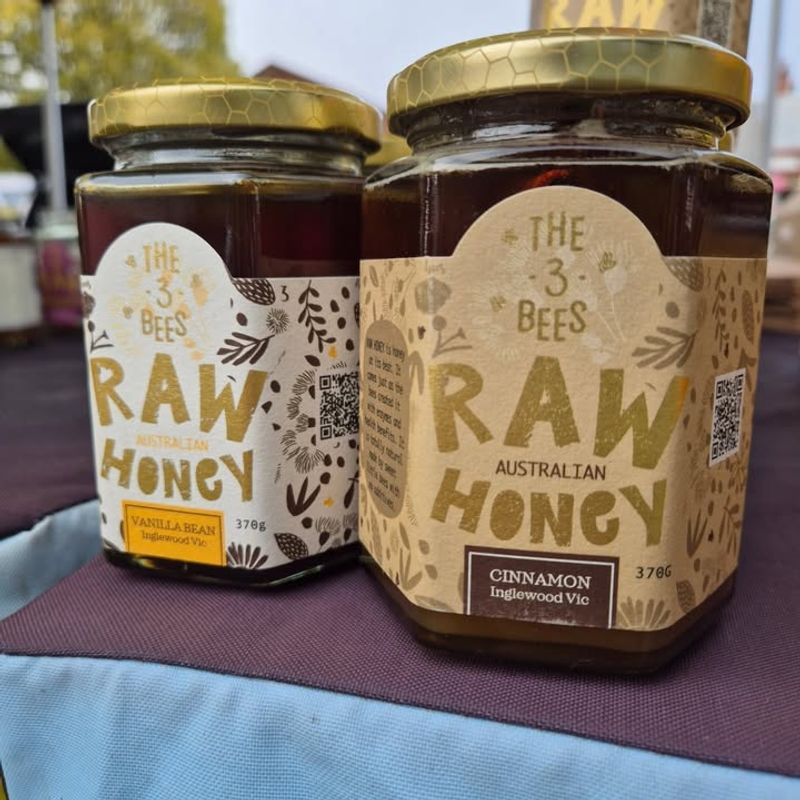Bees are some of the hardest workers in your backyard, pollinating flowers and helping gardens thrive. But when winter rolls around in Ohio, these tiny creatures face serious challenges staying warm and finding food. Luckily, you don’t need to be a beekeeper to make a difference.
With a few simple steps, Ohio homeowners can create a safer environment for bees during the coldest months and help them emerge strong when spring arrives.
1. Leave Some Leaves And Garden Debris
Many native bees don’t live in hives like honeybees. Instead, they burrow into soil, hollow stems, or hide beneath leaf litter to survive the cold. When you rake up every last leaf in your Ohio yard, you might be destroying their winter homes.
Leaving a few piles of leaves, dead plant stalks, and twigs in a corner of your garden provides crucial shelter. These cozy spots protect bees from harsh winds and freezing temperatures, giving them a safe place to wait out winter until warmer days return.
2. Plant Late-Season Blooming Flowers
Before winter truly sets in, bees need to stock up on food. Planting flowers that bloom late into fall gives them a final chance to gather nectar and pollen. Asters, sedum, and goldenrod are excellent choices that thrive in Ohio’s climate and bloom well into October.
These late bloomers offer essential nutrition when other food sources have disappeared. By adding a few of these hardy plants to your garden, you’re essentially setting up a buffet table that helps bees build energy reserves before their long winter rest.
3. Avoid Cutting Back Perennials Too Early
It might be tempting to tidy up your garden beds before the first snow, but holding off can save bee lives. Hollow stems from perennials like bee balm, coneflowers, and black-eyed Susans become perfect nesting sites for solitary bees during winter months.
Wait until late spring to cut back these plants, after new growth has started and bees have emerged. This simple delay in your Ohio garden maintenance routine provides critical shelter and costs you nothing but a little patience and a slightly wilder-looking winter landscape.
4. Create A Bee Hotel For Solitary Species
Solitary bees need safe places to overwinter, and a bee hotel is like offering them a cozy cabin. You can easily build one using untreated wood blocks with drilled holes or bundle hollow bamboo stems together. Mount it in a sheltered spot facing southeast to catch morning sun.
Ohio winters can be brutal, so placing your bee hotel under an eave or against a garage wall adds extra protection from wind and moisture. Come spring, you’ll likely see new residents moving in, ready to pollinate your garden all season long.
5. Provide A Water Source Year-Round
Bees need water even during warmer winter days when they venture out briefly. A shallow dish filled with pebbles or marbles gives them a safe landing spot to drink without drowning. Place it in a sunny area of your yard where it’s less likely to freeze solid.
During Ohio’s unpredictable winter thaws, bees may emerge looking for hydration. Keeping a water source available, even if it’s just a small amount, can be lifesaving. Refresh it regularly and add fresh stones to keep it accessible and safe for tiny visitors throughout the season.
6. Skip The Fall Pesticides And Herbicides
Spraying chemicals in fall might seem like good preparation for next year, but it can harm bees preparing for winter. Pesticides and herbicides linger in soil and on plants, poisoning bees when they’re most vulnerable. Ohio’s native bees are especially sensitive to these toxins during their dormant phase.
Choosing organic methods or simply letting your yard rest naturally through winter protects beneficial insects. Your garden will bounce back healthier in spring, and the bees that survived will reward you with better pollination and a thriving ecosystem right in your backyard.
7. Keep Some Native Wildflower Patches Undisturbed
Native wildflowers aren’t just pretty in summer—they’re essential winter habitats. Ground-nesting bees often overwinter in the soil beneath these plants, relying on the root systems and surrounding vegetation for insulation. Disturbing these areas in fall or winter can destroy entire bee populations.
Dedicate a small corner of your Ohio property to native plants and leave it completely alone during cold months. This wild patch becomes a refuge where bees, along with other beneficial insects, can safely hibernate and emerge ready to pollinate when spring warmth finally arrives.
8. Support Local Beekeepers And Buy Local Honey
While this won’t directly shelter wild bees, supporting Ohio beekeepers helps maintain healthy honeybee populations that benefit entire ecosystems. Local beekeepers often practice sustainable methods and educate communities about bee conservation. Buying their honey keeps them in business through winter when hives need extra care.
Many Ohio beekeepers also rescue wild swarms and advocate for pollinator-friendly practices. When you purchase local honey or beeswax products, you’re investing in expertise that protects all bee species. Plus, you get delicious, pure honey that tastes like your own backyard—a sweet bonus for everyone involved.

